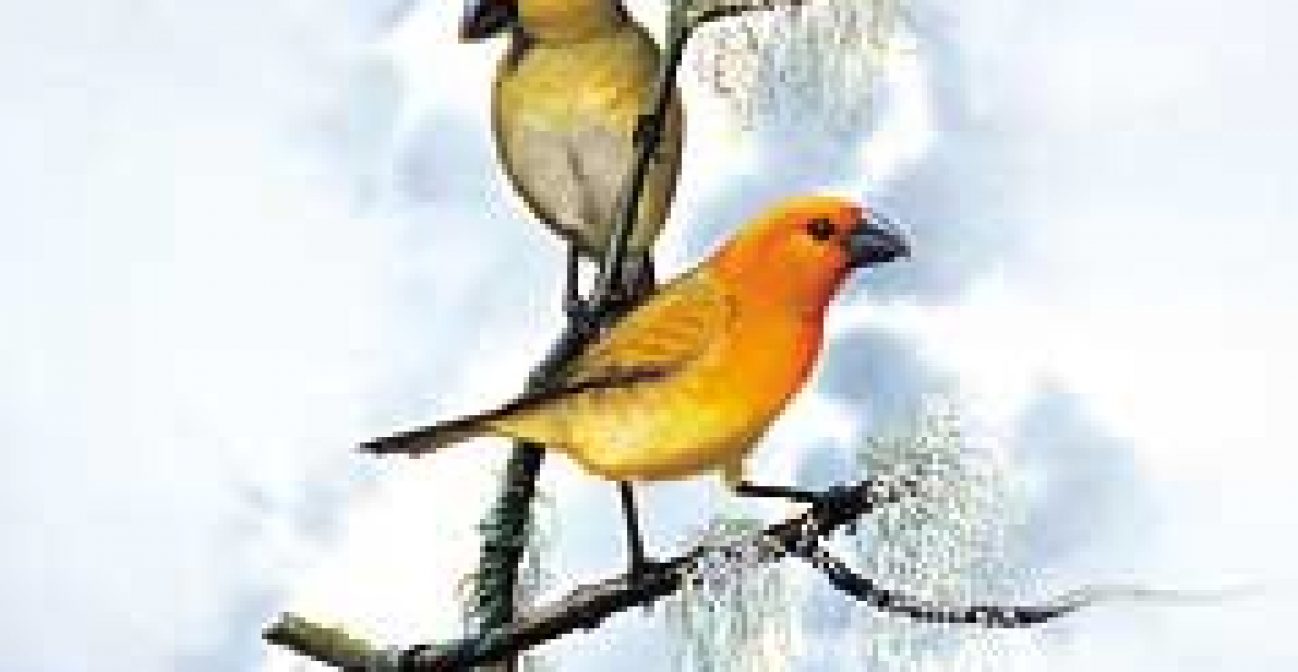Join us for conversations that inspire, recognize, and encourage innovation and best practices in the education profession.
Available on Apple Podcasts, Spotify, Google Podcasts, and more.

With current extinction rates exceeding those of previous mass extinctions, many biodiversity studies focus on efforts to count Earth’s species before they are lost. This unit explores current field experiments studying complex ecosystems, and examines our moral responsibilities as the world’s most influential species.
ONLINE TEXTBOOK
The online textbook chapters support and extend the content of each video. The Web version can be viewed as a full chapter or as individual sub-sections, and includes links to glossary terms and other related material.
ANIMATIONS & IMAGES
Explore the archive of animations, images and figures from the videos and online textbook. All of the images can be viewed online or downloaded as jpg files.
EXPERT INTERVIEW TRANSCRIPTS
Read profiles of the expert scientists featured in the video and find the complete transcripts of the interviews conducted for this unit.
James Miller, PhD
Rick Ostfeld, PhD
Peter H. Raven, PhD
Eleanor Sterling, PhD
G. David Tilman, PhD
Introduction
What is Biodiversity and Why Should We Conserve It?
Global Species Diversity
The Erwin Study
Seven Kinds of Rarity
What Factors Determine Extinction Probability?
Keystone Species and the Diversity-Stability Hypothesis
Mass Extinctions
The Sixth Mass Extinction
Conjugation
A method of gene transfer that occurs in bacteria, in which DNA copied from a plasmid or chromosome is transferred to a recipient cell. It can contribute to lateral gene transfer when it occurs between distantly related bacteria.
Books
Dobson, A. P. 1998. Conservation and biodiversity. New York: Scientific American Library.
![]() An accessible summary about biodiversity from one of the leaders of the field.
An accessible summary about biodiversity from one of the leaders of the field.
Levin, S. A. 1999. Fragile dominion: Complexity and the commons.Cambridge, MA: Perseus Books.
![]() Discussion about ecology, complexity theory and approaches to modeling complex systems.
Discussion about ecology, complexity theory and approaches to modeling complex systems.
Reaka-Kudla, M. L., D. E. Wilson, and E. O. Wilson (eds). 1997. Biodiversity II: Understanding and protecting Our biological resources. Washington, D. C.: Joseph Henry Press.
![]() A multiauthored volume on various aspects of quantifying and preserving biodiversity.
A multiauthored volume on various aspects of quantifying and preserving biodiversity.
Wilson, E. O. 1994. Naturalist. Washington, D. C.: Naturalist Warner Books
![]() The autobiography of a prominent ecologist and one of the founders of the field biodiversity.
The autobiography of a prominent ecologist and one of the founders of the field biodiversity.